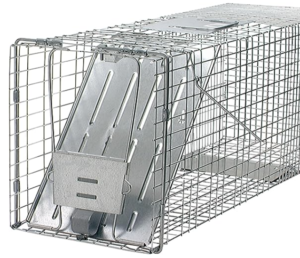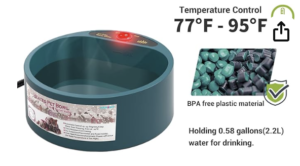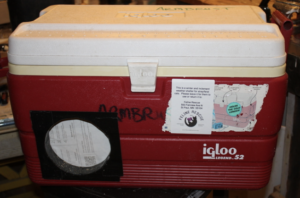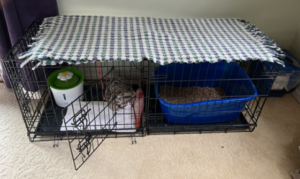Community Outreach & Services

Welcome to Community Outreach & Services!
For lost cats or cats in danger, click here
For healthy outdoor cats in need of TNR, click here
What we DO:
-Advise the metro area twin cities community on best practices with free-roaming outdoor cats.
-Assessments and referrals via email, text or phone for cats in need of assistance.
-Funding for TNR (Trap-Neuter-Return) via public donation to FR for field rescuers and low-income public as arranged through field rescuers.
-Loan live traps for cat assessment/relocation and heated water bowls for cat colony feeders.
-Provide insulated winter shelters for free-roaming outdoor cats in need.
What we DO NOT do:
-Provide spay/ neuter or veterinary services at our shelter building for owned cats.
-Fund spay/neuter services for owned cats unless directly contacted by a field rescuer who is willing to be a liaison and do transport.
-Participate in outdoor community cat field trapping except in emergencies or special cases. See the Facebook rescue links for TNR/trapping.
NOTE: Low-cost service providers are available on the Resources page; Purple Cat is the most frugal option.
Contact information:
Email: outreach@felinerescue.org
Phone: (651) 760-8739
Contact us for a live trap, heated water dish, or temporary kennel loan for outdoor cats and community cat colonies. There is a sign-out folder in the entryway at Feline Rescue; bowls, traps and temp kennels must be returned clean and empty. Cooler shelters are provided free of charge (see below.)
Please send a request via email to Outreach. Once a request is fulfilled, you will receive notification.
Pickup is during open shelter hours.
MNSNAP and the Animal Humane Society also have live traps available for short-term loan use.




For immediate situations (St Paul and Minneapolis only):
For situations needing urgent attention within the metro area if animal control is closed, send an email to outreach@felinerescue.org We are a volunteer-based group and typically can respond within 24-48 hours. Urgent vet care information is available on the Resources page.
IMPORTANT WHEN REPORTING A CAT IN NEED OF RESCUE:
Include your location (address/city), number of cats (approximate), ages/genders of cats (if known), physical descriptions (health) and photos when requesting help.
How to determine whether a cat outdoors needs assistance:
A healthy cat used to living outdoors that is able to find food and shelter has no need to come indoors. The best approach to an unknown healthy cat that walks up to you is to leave it alone. It is more likely to find its way back home if you leave it where it is than if you take it home or to animal control. However, some outdoor cats do need your help.
Signs that a cat outdoors needs assistance:
1. The cat may have a disheveled appearance due an unaccustomed life on the street: it does not have time to care for itself because it is struggling to find food.
2. The cat is partially or fully declawed, visually impaired, or deaf. These cats have difficulty catching prey, and are at greater risk of becoming the prey of other animals.
3. The cat has a microchip. Any local vet will check a cat for a microchip free of charge. A microchip indicates that the cat has/had an owner.
4. Someone witnessed the cat being abandoned by its owner or set outside during an eviction. Many owners with financial difficulties are facing the decision of abandonment vs. euthanasia when they lose their housing.
5. The cat is injured or ill.
6. The location where the cat was found is not safe for the cat to be outdoors.
7. The cat is a kitten under 3 months/3 lbs. and is without a mother, other adult cat, or human caring for it.
A cat meeting any of these conditions should be brought to your local animal control. If your local animal control will not take it, then please contact your mayor (Minneapolis & St Paul) or local representative to request more funding for your animal control and then contact area rescues. Expect a 2-4 week delay to get into an area rescue. Please provide dry food, fresh water, a litter box and comfortable shelter in the meantime. A spare bedroom, bathroom or garage space can work for temporary holding.
Keep in mind that a lost indoor cat can be skittish and fearful in an outdoor environment but is typically able to be petted or picked up and/or may approach humans for food or assistance. It may physically present with relaxed whiskers, ears forward and tail up. Vocally, the cat may meow, purr, chirrup or trill. It will be most visible during the day. Do not attempt to approach a well-groomed cat with flat ears, aggression, enlarged and/or averted eye pupils, lowered/flattened body and either a puffed up or tucked in tail: these cats do not want your assistance.
If the cat is outdoors and not ear-tipped to indicate Trap-Neuter-Return (TNR), it is likely in need of TNR. Please make a Community Cat appointment at the Animal Humane Society. Note: hissing is a fear response and growling is a warning; both are possible with all cats.
If this does not address your situation and you require further assistance, please send an email to outreach@felinerescue.orgl
